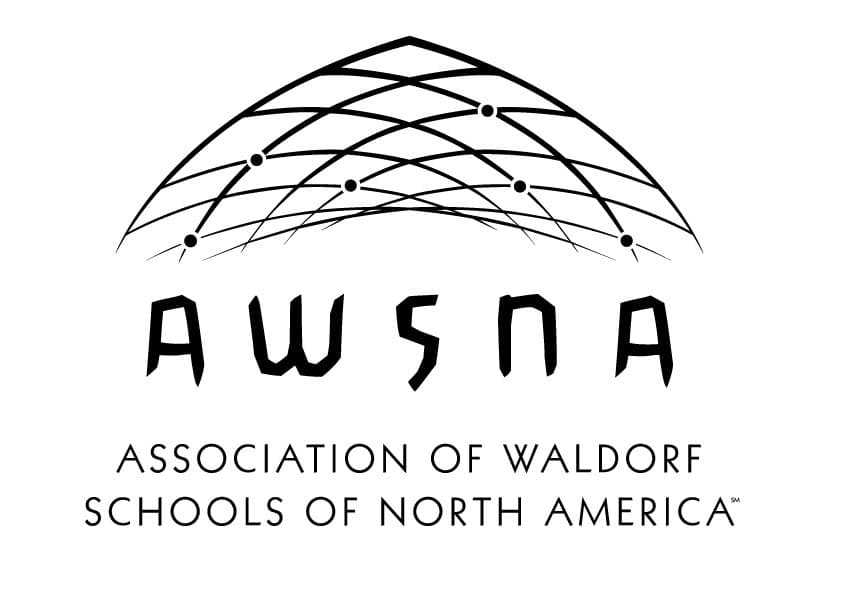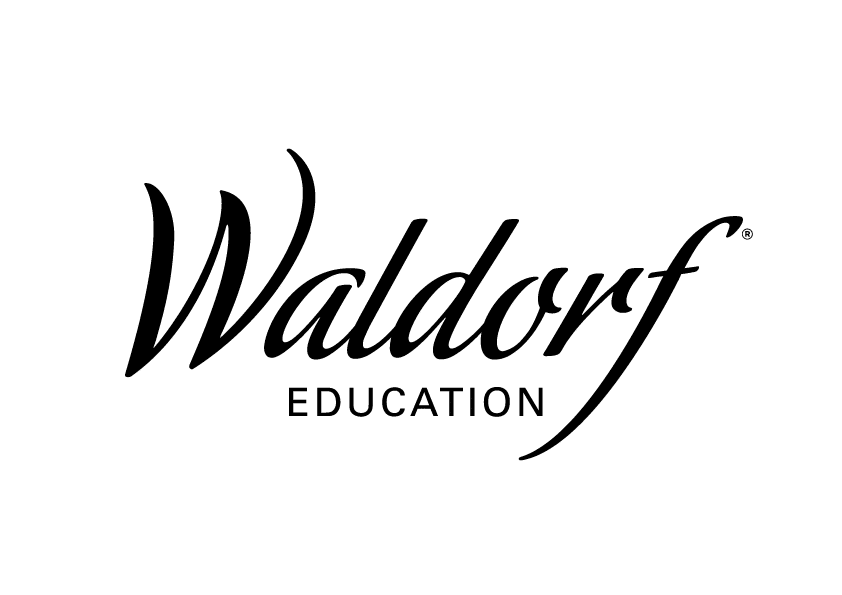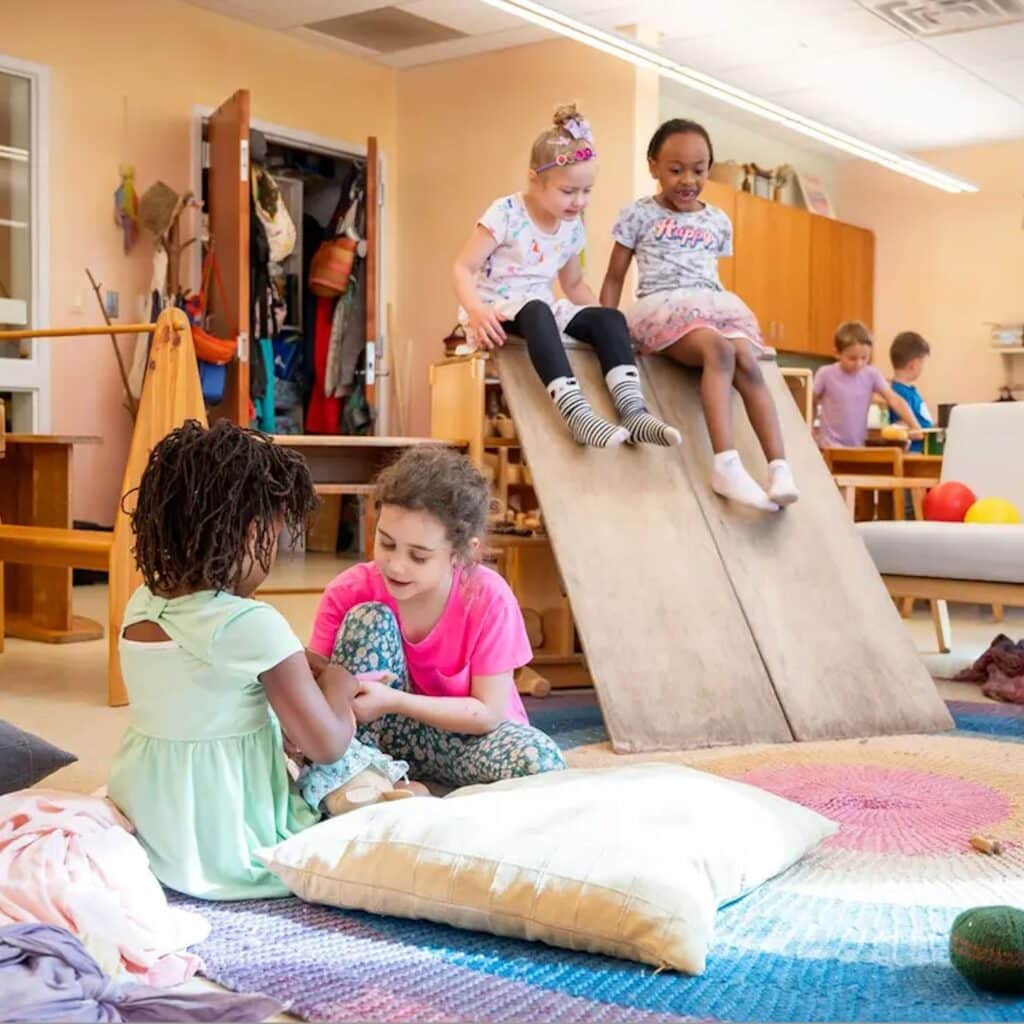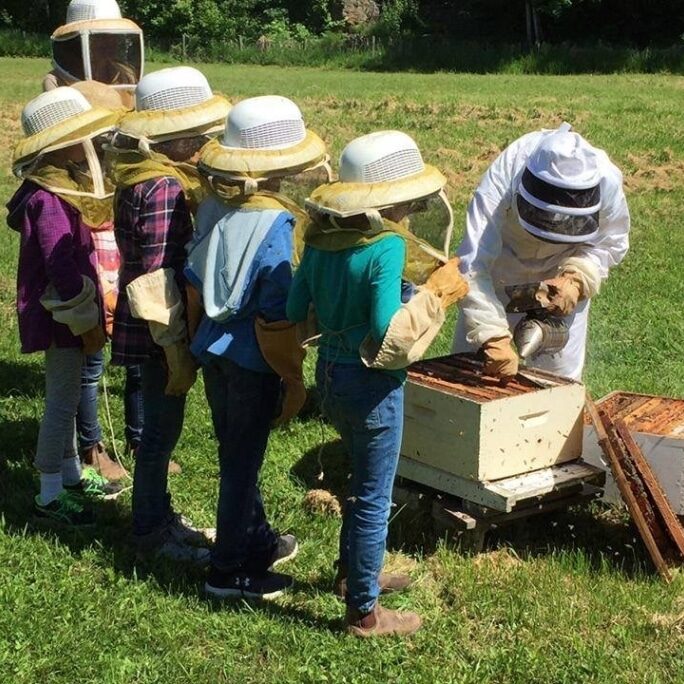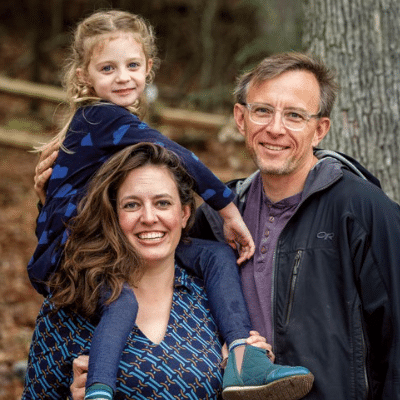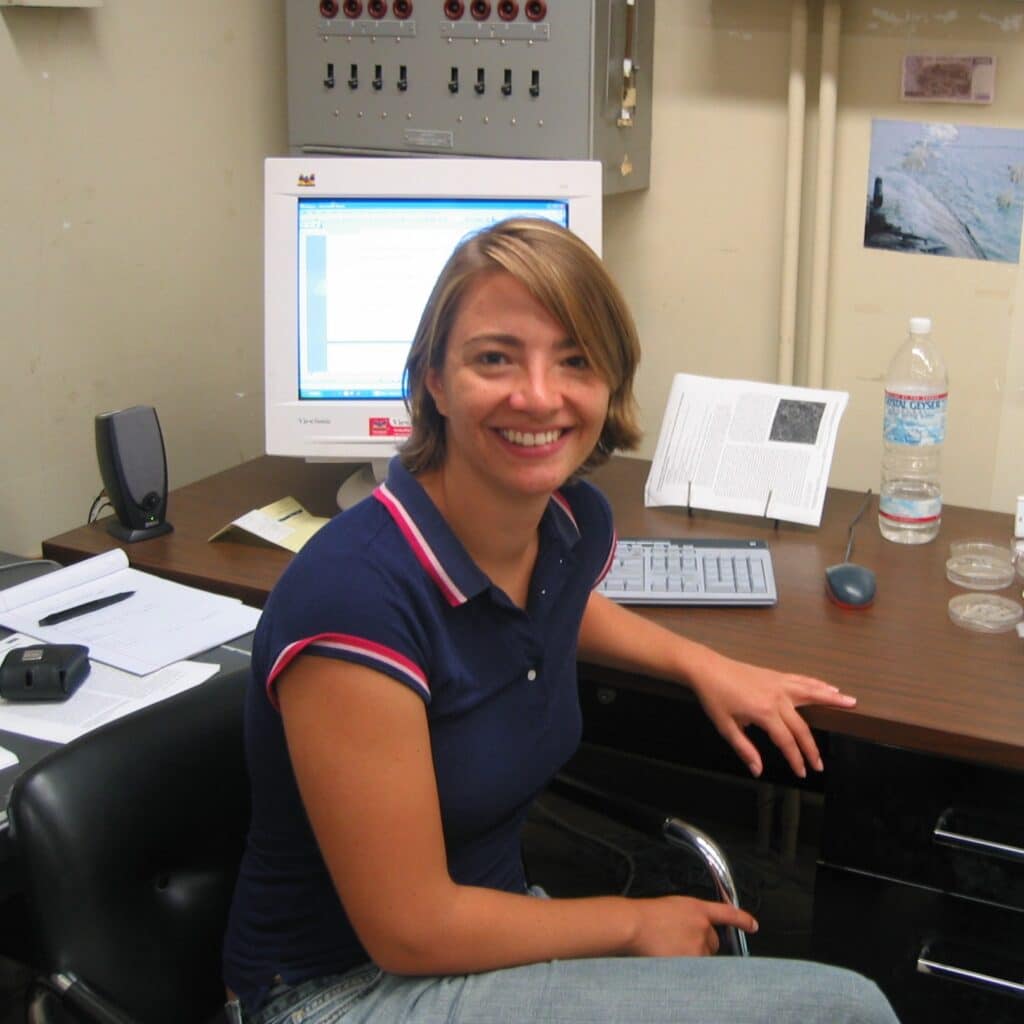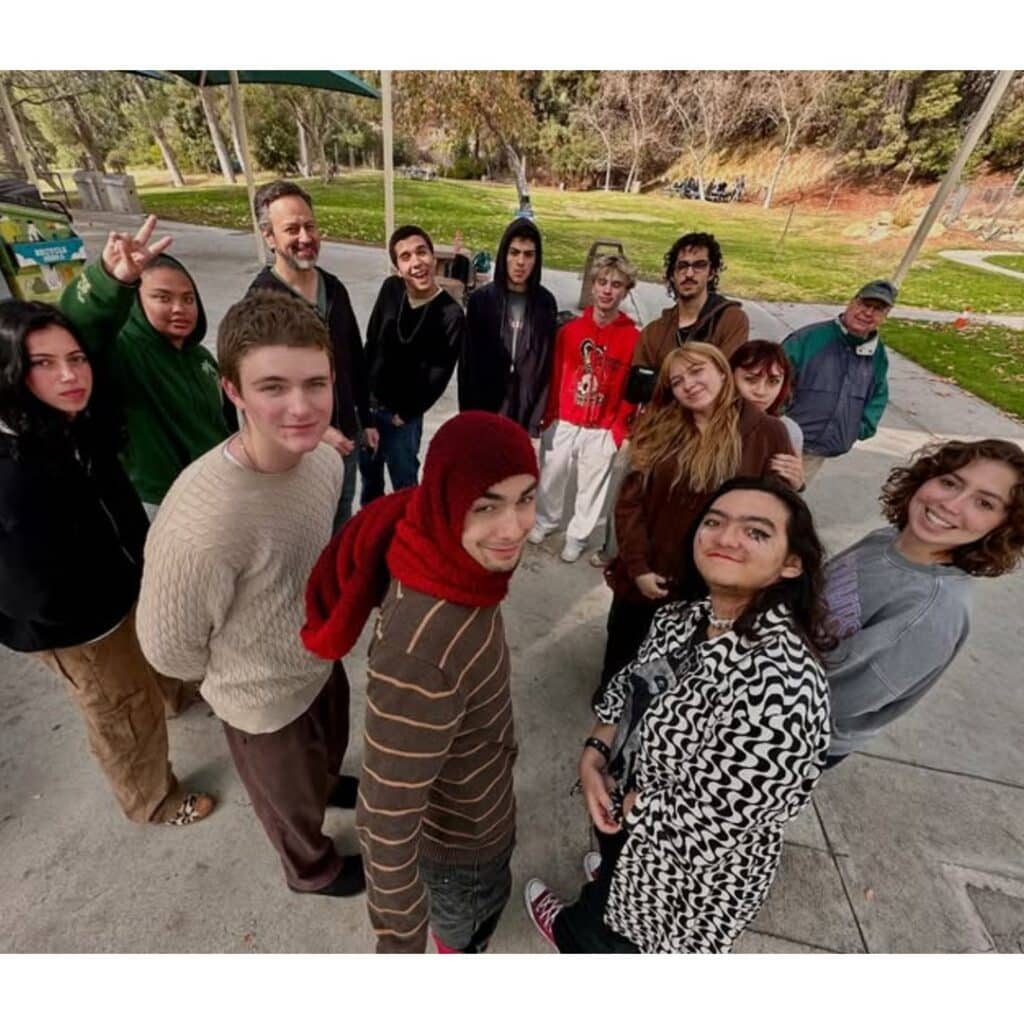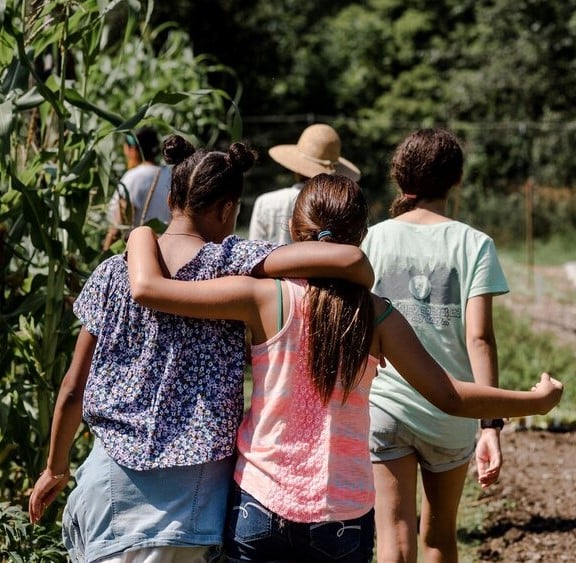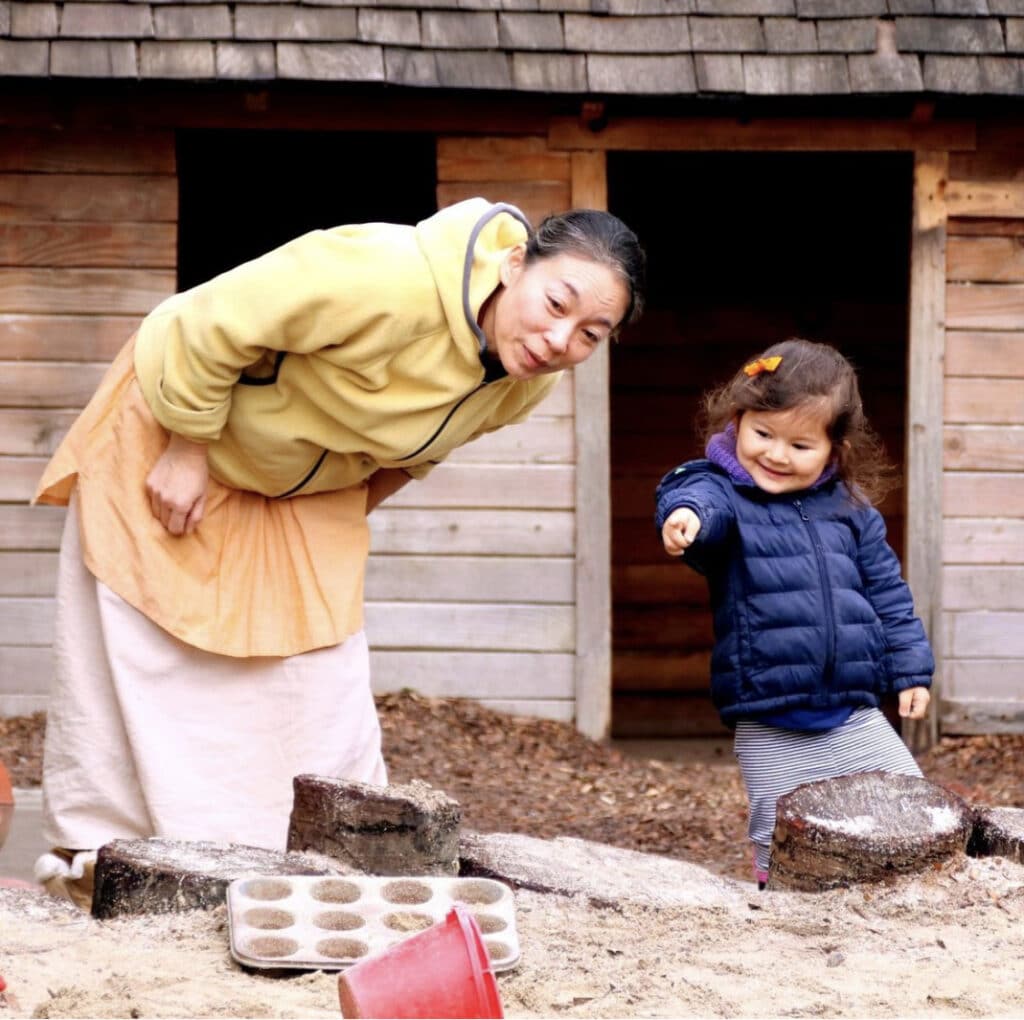
The Essential Benefits of Play: A Research-Based Perspective
Play isn’t a luxury. It’s foundational to healthy childhood development. An expanding body of interdisciplinary research confirms what many educators ...
Read More From Waldorf Classmates to Indie Icons
Before they were known as Panda Bear and Deakin—core members of the pioneering experimental band Animal Collective—Noah Lennox and Josh ...
Read More Whistler Waldorf earns ecoschool certification
Whistler Waldorf School’s year-long, student-powered sustainability efforts—from zero-waste events and community panels to composting and fundraising—earned them Canada’s highest school-environmental ...
Read More Chicago Waldorf School Featured in Esquire
Chicago Waldorf School is featured in Esquire Magazine for its partnership with Italian luxury fashion house Kiton to launch a ...
Read More Thriving in a Future Driven by AI: A Tech Leaderʻs Reflections
Tech leader and AI entrepreneur, Rob Wray, weighs in on how we should prepare children for an AI-enhanced future. He ...
Read More Dr. Lea Fredrickson, Shapes STEM Education in Silicon Valley
Dr. Lea Fredrickson, an alum from The Waldorf School of Santa Barbara, received her PhD in Physics from UCLA studying ...
Read More Pasadena Waldorf School Students Perform at the Grammys
Students from Pasadena Waldorf School and took the Grammy stage alongside Stevie Wonder and Herbie Hancock for a moving performance of We ...
Read More Hawthorne Valley awarded $1.2 million grant
Hawthorne Valley Waldorf School has been awarded of $1.2 million from the New York State Energy Research and Development Authority ...
Read More 10 Education Research Articles in 2024
These education research articles published in 2024 highlight the benefits of methods used in Waldorf education. The Power of Play: ...
Read More 